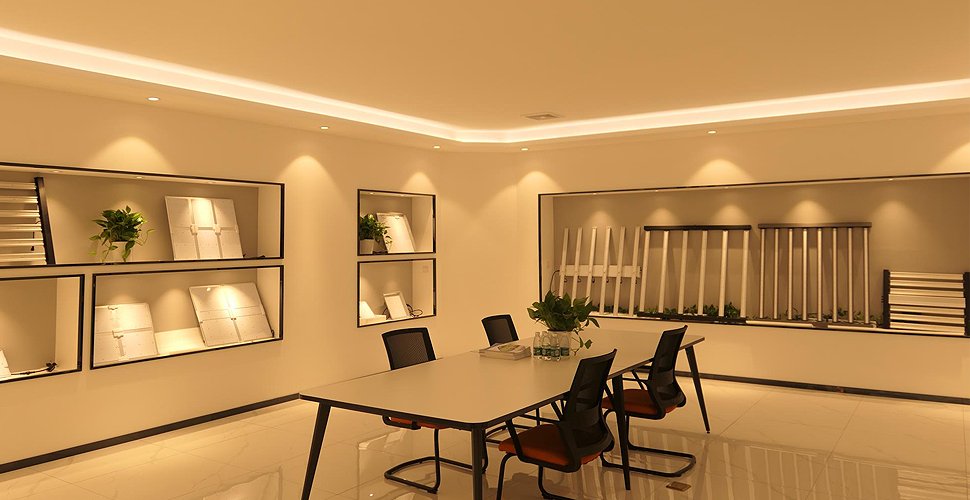Að velja rétta rafafl fyrir LED vaxtarljós er flókið og mikilvægt mál. Auðvitað spyrðu eftirfarandi spurninga.
- Hversu mörg wött þarf LED vaxtarljós?
- Hvaða watta led vaxtarljós þarf ég?
- Hversu mörg wött á hverja grasplöntu?
En þessi vandamál ættu ekki að stöðva gróðursetningaráætlun þína.
Í þessari grein munum við læra: svið aflgjafa sem venjulega er notað í LED plöntuljósum, hvernig á að ákvarða rafafl LED sem þarf fyrir tiltekna plöntu og hvernig á að reikna út rafafl LED sem þarf á hvern ferfet byggt á gróðursetningarsvæðinu.
Við teljum að þessar ráðleggingar muni hjálpa þér að sigrast á ruglinu og endurræsa árangursríkt ræktunarprógramm innandyra.
Hvað þýðir rafafl í LED vaxtarljósum?
Ertu að leita að veldu inni LED vaxtarljósin þín miðað við rafafl? En skilurðu hvað er merking rafafl plöntuljósa?
Í raun er það mælieiningin fyrir orkunotkun.
Rafafl er ekki notað sem mælikvarði á afköst, heldur sem mælikvarði á orkuna sem notuð er til að lýsa upp plöntu. Það er einfaldur mælikvarði á hversu mikla orku ljós þarf til að lýsa.
Afl er aðeins hægt að nota sem auðveld leið til að áætla rétta ljósabúnaðarstærð fyrir gróðursetningu þína.

Besta rafafl fyrir vaxtarljós
Það er ekkert besta rafafl, aðeins það sem passar best.
A 150W vaxa LED ljós veitir ekki næga lýsingu fyrir kannabis, rétt eins og 800W LED plöntuljós er ekki hentugur fyrir succulents.
Það er ekki vísindalegt að velja bara besta rafafl LED ljósið. Hver planta hefur mismunandi þarfir.
Við þurfum að ákvarða rafafl sem þarf út frá stærð gróðursetningar og gerð plöntunnar.
- 80-150 vött: LED vaxtarljós á þessu sviði eru með veika lýsingu til að mæta lýsingarþörfum innanhússplantna fyrir fyllingarljós, heimaræktun og plöntur í lítilli birtu.
- 200-350 vött: LED vaxtarljós á þessu sviði geta mætt ljósþörfum margra plantna fyrir eðlilegan vöxt.
- 400 vött og hærra: Þessi hávöttu LED vaxtarljós hafa mjög sterka lýsingu og geta uppfyllt lýsingarkröfur flestra háljósa plantna.
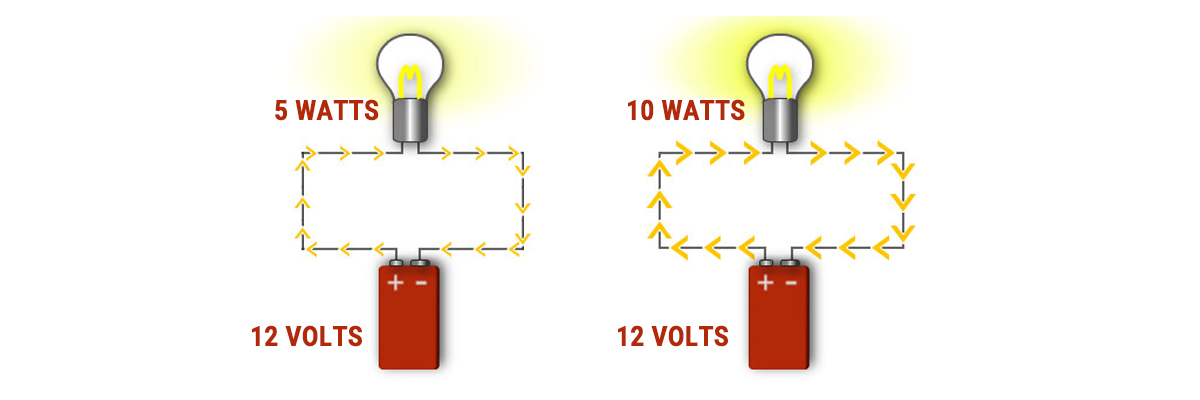
Eru hærri Watt LED Grow Lights betri?
Þegar þú velur LED vaxtarljós er ekki betra að hafa hærra rafafl heldur að velja það rétta sem passar við ljóstillífunarljósstyrk plöntunnar.
Eins og getið er hér að ofan passa 150 watta LED plöntuljós ekki við vöxt kannabis og starf 800W LED vaxtarljóss er óverðugt að vaxa safaríkt.
Ekki því hærra sem rafaflið er, því betra, heldur til að finna sem mest “nákvæm” LED rafafl.
Aðeins þannig gerum við sem mest úr takmörkuðu auðlindum okkar og bjóðum upp á kjörin birtuskilyrði fyrir mismunandi plöntur.
Reyndar er ljósstyrkur tengdur krafti vaxtarlampans. Því hærra sem rafafl plöntuljóssins er þýðir að það hefur meiri ljósstyrk.
Eins og við vitum geta plöntur ekki vaxið án ljóstillífunar, sem hefur áhrif á ýmsar aðstæður eins og hitastig, styrk koltvísýrings og ljósstyrk.
Þegar öll önnur skilyrði eru uppfyllt er ljósstyrkurinn ekki í samræmi við staðalinn, sem mun einnig hafa áhrif á ljóstillífun.
Ef öll önnur skilyrði eru ekki uppfyllt mun ljóstillífun ekki aukast aftur þegar ljósstyrkurinn er aukinn upp í ákveðið mark.
Hvaða rafafl ætti ég að nota fyrir inniplöntur?
Það eru nokkrir meginþættir sem ákvarða rétt rafafl LED vaxtarljósa.
Gróðursetningarsvæði og þéttleiki plantna
Því stærra sem flatarmálið og þéttleikinn er, því meiri ljósstyrkur sem krafist er og því meiri rafafl sem krafist er. Og fyrir sama svæði hafa mismunandi plöntur mismunandi þéttleika og þurfa mismunandi rafafl.
Tegundir plantna
Ljósar plöntur (tómatar, papriku) og lágljósar plöntur (basil, salat) þurfa báðar mismunandi magn af ljósi.
Vaxtarstig
Fræplöntur, næringarstig, blómgun og ávöxtur þurfa allt mismunandi magn af ljósi.
Takmarkanir á rýmisstærð og aflgetu
Sum takmörkuð pláss er erfitt að hýsa sérstaklega háa afl LED vaxtarljós. Aflgjafargeta takmarkar einnig hámarksafl sem hægt er að nota.

Dæmirannsókn
Val á LED vaxa ljósaafl fer mjög eftir gerð og svæði gróðursetningar. Lítum á þessi tvö dæmi.
Rækta tómata heima
Tómatar eru háljósar plöntur, sem hafa stórt blaðflöt.
Með 4 fermetra gróðursetningarsvæði nægja 150W LED plöntuljós til að veita:
Nægur styrkur. 100 til 150 μmól/m2/s þarf fyrir eðlilegan tómatvöxt. 150-watta lampar geta gefið lýsingu yfir 200 μmól/m2/s.
Viðeigandi litróf. Tómatar gleypa rautt og blátt ljós á svipuðum hraða. 150 vött af plöntuljósi með fullu litrófi er nóg.
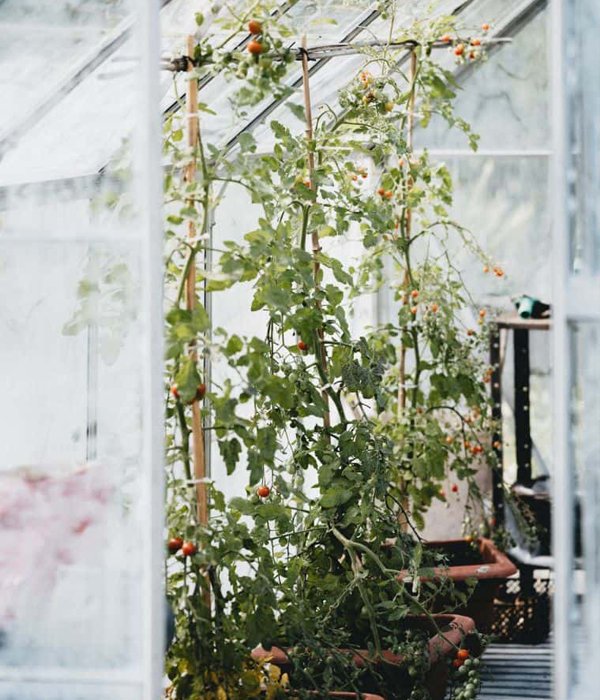
Kannabis plöntur
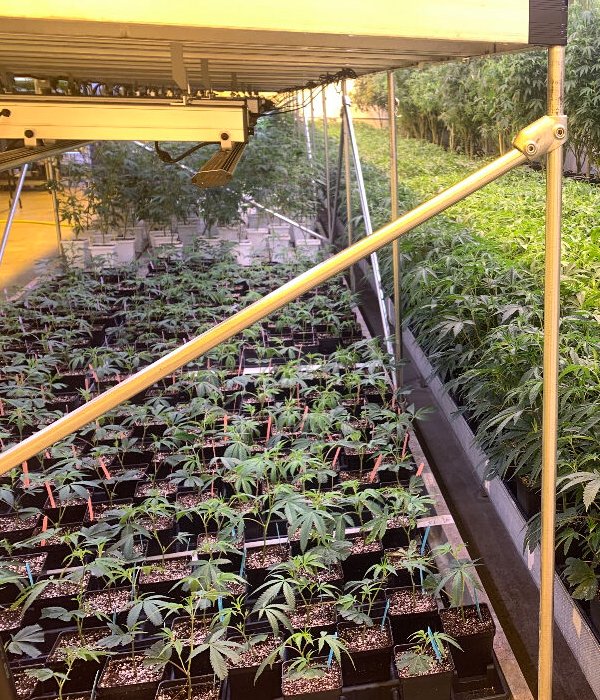
Ljósþörf kannabis er mun meiri en meðalplanta, hún þarf 300 til 500 μmól/m2/s af sterkum ljósstyrk.
Gróðursetningarsvæði 20 fermetrar krefst:
Að minnsta kosti 2 x 800 watta LED ljós með fullri litrófsröð til að veita mikla lýsingu upp á 500 ~ 800 μmól/m2/s.
Tveir til þrír 350-500 watta blönduðir lampar bæta við réttu magni af bláu ljósi til að viðhalda blaðgrænni. Annars, ef þú notar a sérstakt stillanlegt litróf LED vaxtarljós, það er engin þörf á að bæta við viðbótarljósum.
Lítil samantekt
Ræktendur þurfa að vera sveigjanlegir við að velja rétta LED rafafl í samræmi við plöntutegund og gróðursetningarsvæði.
Hátt rafafl er ekki alltaf það besta og það er þörf á alhliða mati á kostnaði og ávinningi.
Besta LED lýsingarlausnin er aðeins fundin með tilraunum og aðlögun.
Hversu mörg vött á fermetra fyrir LED vaxtarljós?
Almennt er meðalafl LED vaxtarljósa um 32 vött til að hylja 1 fermetra blómstrandi svæði (þó þetta fari líka eftir plöntunni, svo við erum að taka meðaltöl hér).
Aftur á móti skila HID ljós 40 wött á hvern ferfet (miðað við svæði 5′ x 5′, eða umfangssvæði 25 ferfeta).
Notkun HID ljós á 4'x4′ svæði myndi leiða til 62,5 vötta á hvern fermetra aflþekju.
Með því að nota LED vaxtarljós í stað HID ljósa geta ræktendur sparað um það bil 38% í orku.
Þessi orkusparnaður tekur aðeins mið af þeim sparnaði sem ræktendur ná við notkun LED plöntuljósa. Það tekur ekki tillit til þess að skilja aðra umhverfisþætti þar sem ræktandinn getur sparað orku.
Til dæmis er hægt að nota minni loftræstingu og loftkælingu, eða sleppa því alveg, allt eftir stærð uppsetningar og umhverfishita. Í sumum tilfellum getur heildarsparnaður farið yfir 50%.
Hversu margar plöntur er hægt að rækta með 300W LED ljósi?
300W getur þekja svæði sem er um það bil 2 * 3ft. Almennt séð þarftu að minnsta kosti 1 fermetra pláss fyrir hverja kannabisplöntu sem þú ræktar. Á þennan hátt, við 300W, er hægt að rækta 1-6 plöntur.
Eftir því sem tíminn vex, a 300W LED plöntuljós má aðeins halda 1-2 plöntum.
Það er kannski ekki nóg að hylja stærra rými til að rækta margar plöntur.
Hversu margar plöntur get ég ræktað undir 600 watta LED ljósi?
Góð þumalputtaregla þegar þú ræktar kannabis er að nota að minnsta kosti 50 vött af ljósi á hvern fermetra ræktunarpláss.
Við þurfum að reikna út fermetrafjölda (lengd x breidd) ræktunarrýmisins. Við margföldum síðan þessa tölu með 50w til að fá gróft ljósafl sem við þurfum.
Eins er ég með vaxtarrými sem er 4 fet á lengd og 3 fet á breidd. Þetta gefur mér 12 ferfeta (4 fet x 3 fet) vaxtarrými. Ég margfalda þessa tölu með 50w til að fá 600w. Þannig að ég þarf að lágmarki 600 vött af LED vaxtarljósi.
Eftirfarandi myndir eru til viðmiðunar.
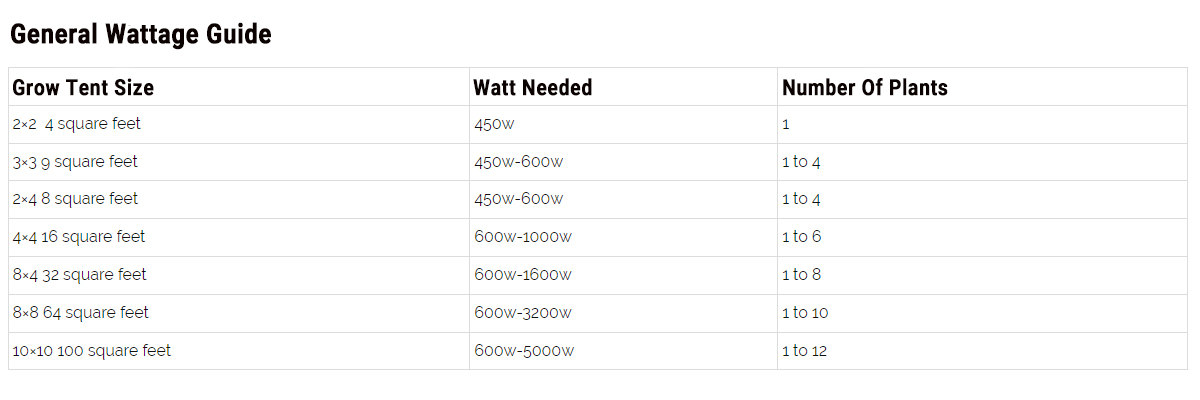
Hversu mikið rafmagn nota LED Grow Lights?
Þú veist nú þegar eitthvað um rafaflþátt plöntuljósa, en hefurðu einhvern tíma hugsað um þetta mál um orkunotkun þess?
Við skulum halda áfram að kanna orkunotkun af plöntuvaxtaljósum.
Magn aflsins sem plöntuljós notar fer eftir rafafl plöntuljóssins sem þú notar og fjölda klukkustunda sem ljósið keyrir á dag.
Miðað við að 600W plöntuljós gangi í 16 klukkustundir á dag skulum við kíkja á 600 watta vaxtarljós rafmagnsreikninginn.
Rafmagnsnotkun má reikna út sem hér segir:
Dagleg rafmagnsnotkun = Afl x Tími
Afl = 600W, Tími = 16 klst
Þá er meðaltal daglegrar orkunotkunar 600 watta LED vaxtarljóss = 0,6 kWh x 16 = 9,6 kWh.
Meðaltal raforkuverðs í Bandaríkjunum árið 2022 jafngildir $0,1375 á kWst.
Fyrir bandarískan ræktanda er daglegur kostnaður við plöntulýsingu 9,6 x 0,1375 = $1,32.
Meðalverð á raforku í Bretlandi árið 2022 er 28 pens á kWst, jafnvirði 0,28 punda á kWst.
Og fyrir íbúa í Bretlandi er það 9,6 x 0,28 = 2,688 pund á dag.
Samkvæmt Electricity New Zealand mun meðalrafmagnsverðið fyrir heimilisnotendur árið 2022 vera um það bil NZ$0,29/kWh.
Daglegur rafmagnskostnaður = 9,6 kWh x NZ$0,29/kWh = NZ$2,784/dag
Venjulega þarf illgresi planta 14-16 klukkustundir af ljósi á dag.
Nú ættir þú að vita að rafafl vaxtarljósanna þíns ákvarðar eingöngu magn rafmagns sem þú notar. Hærra rafafl mun leiða til meiri orkunotkunar.
Hafðu samband við Auxgrow í dag
Mundu að rafafl tryggir ekki ljósafköst LED vaxtarljóss. Það gefur þér aðeins hugmynd um kraft LED ljósakerfisins.
Það er mikilvægt að þú getir ákvarðað stærð gróðursetningarsvæðisins og hversu margar plöntur þú ætlar að rækta á hvern fermetra.
Ef við gætum gefið eitt ráð væri það þetta: gleymdu hversu mörg wött á hverja illgresi.
Þú ættir að einbeita þér að því að fjárfesta í LED vaxtarljósum með góðum gæðum, breitt litróf, einsleitri, mikilli PAR þekju og skilvirkri mólútgang.
Auxgrow mun aðstoða þig við að skipuleggja gott LED ljósakerfi, sem er nauðsynlegt fyrir heilsu kannabis. Og þú munt fljótlega sjá hamingjusamari og heilbrigðari plöntur.
Jayes
Sem stafrænn markaðsstjóri hjá AUXGROW sameinar Jayes ástríðu fyrir vatnsræktunarkerfum og sérfræðiþekkingu í LED vaxtarljósum. Með praktískri reynslu og djúpum skilningi leiðir Jayes þig í gegnum heim sjálfbærrar ræktunar.






